8th & 14th of May 2025
EN: https://web.uniroma2.it/en/contenuto/webinar-for-bachelors-degree-programs
Available sessions (CEST time):
- Morning session: 9:30 AM
- Afternoon session: 5:00 PM
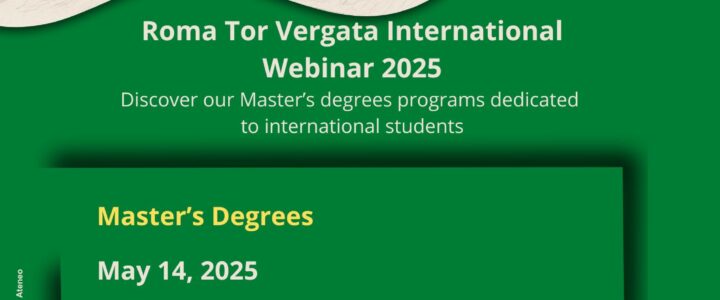
8th & 14th of May 2025
EN: https://web.uniroma2.it/en/contenuto/webinar-for-bachelors-degree-programs
Available sessions (CEST time):
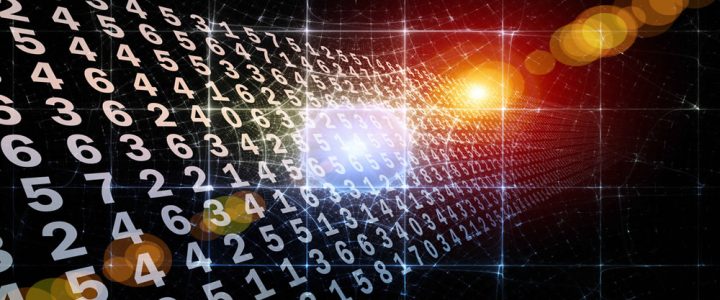
| 1 YEAR | II semester | 9 CFU |
| ICT and Internet Engineering | |
| Marina RUGGIERI (cfu)
Tommaso ROSSI (cfu) |
A.Y. 2025-26 |
| Code: 80300072 SSD: ING-INF/03 |
OBJECTIVES
LEARNING OUTCOMES: The course aims at providing to the students the theoretical and practical tools for the development of design capabilities and implementation awareness of Digital Signal Processing (DSP) systems and applications.
KNOWLEDGE AND UNDERSTANDING: Students are envisaged to understand the DSP theoretical, design and algorithm elements and to be able to apply them in design exercises.
APPLYING KNOWLEDGE AND UNDERSTANDING: Students are envisaged to apply broadly and to personalize the design techniques and algorithm approaches taught during the lessons.
MAKING JUDGEMENTS: Students are envisaged to provide a reasoned description of the design and algorithm techniques and tools, with proper integrations and links.
COMMUNICATION SKILLS: Students are envisaged to describe analytically the theoretical elements and to provide a description of the design techniques and the algorithm steps, also providing eventual examples.
LEARNING SKILLS: Students are envisaged to deal with design tools and manuals. The correlation of topics is important, particularly when design trade-offs are concerned.
BACKGROUND
A good mathematical background (in particular on complex numbers, series, functions of complex variable) is strongly recommended.
PROGRAMME
(Prof. M.RUGUERI)
PART I – Discrete-time signals and systems; sampling process; Discrete-time Fourier transform (DTFT); Z-transform; Discrete Fourier Series (DFS).
PART II – Processing algorithms: introduction to processing; Discrete Fourier Transform (DFT); finite and long processing; DFT-based Processing; Fast Fourier Transform (FFT); processing with FFT.
PART III – Filter Design: introduction to digital filters: FIR and IIR classification; structures, design and implementation of IIR and FIR filters; analysis of finite word length effects; DSP system design and applications;
PART IV – Random sequences; processing of random sequences with digital filters; introduction to random sequence estimation; estimators of mean, variance and auto-covariance of random sequences with performance analysis; power spectrum estimation; periodogram and performance analysis; smoothed estimators of the power spectrum and performance analysis; use of FFT in power spectrum estimation.
(Dott. Tommaso ROSSI)
PART V – VLAB: applications with design examples and applications of IIR and FIR filters, Matlab-based lab and exercises; use of Matlab in the power spectrum estimation.
VERIFICATION CRITERIA
a) Combination of: design test (written); deepening on DSP System development (written); oral.
The design test is propedeutic to the oral one.
The course offers a verify in progress (with a related recovery date) that if passed exempts from the design test of the exam session.
b) The written exam includes design exercises.
The oral part envisages questions on the whole program and a discussion on the design test.
c) The written exam is scored from FAIL to EXCELLENT. The design test and the oral concur almost evenly to the final score (x/30).
d) The final score is based on the level of knowledge of the theoretical, design and algorithm elements and tools as well as on their effective use in design exercises; in particular, the final evaluation refers to 70% of the student’s knowledge level and for 30% to her/his capability of expressing the knowledge and providing an autonomous judgment in the design and oral exam phases.
The detailed final evaluation criteria are as follows:
Failed exam: deep lack and/or inaccuracy of knowledge and comprehension of topics and design techniques; limited capabilities in analysis and synthesis, critical ability and judgment; designs and topics are presented with a non-coherent and technically inadequate approach.
18-20: sufficient knowledge and comprehension of topics and design techniques with possible imperfections; sufficient capabilities in analysis, synthesis and autonomous judgment; designs and topics are presented with a not too much coherent and technically appropriate approach.
21-23: flat knowledge and comprehension of topics and design techniques; appropriate capabilities in analysis and synthesis with fair autonomous judgment; designs and topics are presented with sufficient coherency and technically appropriate approach.
24-26: more than fair knowledge and comprehension of topics and design techniques; good capabilities in analysis and synthesis with good autonomous judgment; designs and topics are presented with coherency and technically appropriate approach.
27-29: complete knowledge and very good comprehension of topics and design techniques; remarkable capabilities in analysis and synthesis with very good autonomous judgment; designs and topics are presented with a rigorous and technically very appropriate approach.
30-30L: excellent knowledge and complete comprehension of topics and design techniques; excellent capabilities in analysis and synthesis with excellent autonomous judgment and originality; designs and topics are presented with a rigorous and technically excellent approach.
TEXTBOOKS
[1] “Digital Signal Processing Exercises and Applications”, Marina Ruggieri, Michele Luglio, Marco Pratesi. Aracne Editrice, ISBN: 88-7999-907-9.
[2] The River Publishers’ Series in Signal, Image & Speech Processing, “An Introduction to Digital Signal Processing: A Focus on Implementation”, Stanley Henry Mneney. River Publishers, ISBN: 978-87-92329-12-7.
[3] Slides (exercises are also included therein) published on the teaching website.
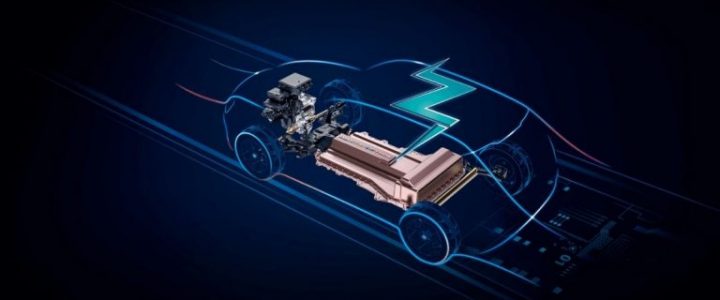
| 2 YEAR | II semester | 6 CFU |
| Cristiano M. Verrelli | |
|
|
A.Y. 2025-26 (ex Control of Electrical Machines (B-C-E) |
| Code:8039782 SSD: ING-INF/04 |
LEARNING OUTCOMES: The course aims to provide a unified exposition of the most important steps and concerns in mathematical modeling and design of estimation and control algorithms for electrical machines such as:
– permanent magnet synchronous motors
– permanent magnet stepper motors
– synchronous motors with damping windings
– induction (asynchronous) motors
– synchronous generators.
KNOWLEDGE AND UNDERSTANDING: Students should be able to gain profound insight into the fundamental mathematical modeling and control design techniques for electrical machines, which are of interest and value not only to engineers engaged in the control of electric machines but also to a broader audience interested in (nonlinear) control design.
APPLYING KNOWLEDGE AND UNDERSTANDING: Students should be able to deeply understand mathematical modeling through nonlinear differential equations, stability and nonlinear control theory concepts, and design of (nonlinear) adaptive controls containing parameter estimation algorithms (important for applications). Students should be able to apply the related knowledge to learning control of robotic manipulators and cruise/yaw rate control of electric vehicles.
MAKING JUDGEMENTS: Students should be able to identify the specific design scenario and apply the most suitable techniques. Students should be able to compare the effectiveness of different controls while analyzing theoretical/experimental advantages and drawbacks.
COMMUNICATION SKILLS: Students should be able to use a single notation and modern (nonlinear) control terminology. Students should be able to exhibit a logical and progressive exposition starting from basic assumptions, structural properties, modeling, control, and estimation algorithms. Students are also expected to be able to read and capture the main results of a technical paper concerning the topics of the course, as well as to effectively communicate in a precise and clear way the content of the course. Tutor-guided individual projects (including Maple and Matlab-Simulink computer simulations and lab visits) invite intensive participation and exchanging ideas.
LEARNING SKILLS: Being enough skilled in the specific field to undertake the following studies characterized by a high degree of autonomy.
TEXTS
R. Marino, P. Tomei, C.M. Verrelli, Induction Motor Control Design, Springer, 2010.
Latest journal papers.
VERIFICATION OF THE KNOWLEDGE
Verify the knowledge and skills acquired by the student on the topics covered by the program. The intermediate exams, the final written tests, and the oral exam will consist of questions related to the topics covered by the program of the course. The questions are aimed at ascertaining the student’s knowledge and his/her reasoning skills in making logical connections between the different topics.
The final vote of the exam is expressed out of thirty and will be obtained through the following graduation system:
Not pass: important deficiencies in the knowledge and in the understanding of the topics; limited capacity for analysis and synthesis, frequent mistakes and limited critical and judgmental capacity, inconsistent reasoning, inappropriate language.
18-21: the student has acquired the basic concepts of the discipline and has an analytical capacity that comes out only with the help of the teacher. The way of speaking and the language used are almost correct, though not precise.
22-25: the student has acquired the basic concepts of the discipline in a discrete way; he/she knows how to discuss the various topics; he/she has an autonomous analysis capacity while adopting a correct language.
26-29: the student has a well-structured knowledge base. He/She is able to independently adopt a correct logical reasoning; notations and technical language are correct.
30 and 30 cum laude: the student has a complete and in-depth knowledge base. The cultural references are rich and up-to-date while being expressed by means of brilliant technical language.
| 1 YEAR |
1 semester | 6 CFU |
| Vincenzo MULONE (3cfu)
TBD (3cfu) |
A.Y. 2025-26 |
| Code: SSD: ING-IND-08 (by Mechatronics Engineering) |
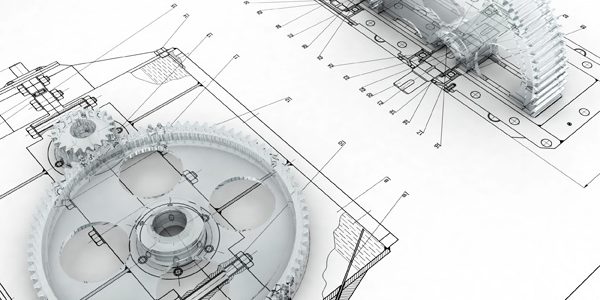
| 1 YEAR |
1 semester | 6 CFU |
| Marco Ceccarelli | A.Y. 2025-26 |
| Code: 80300216 SSD: ING-IND-13 (by Engineering Sciences) |
OBJECTIVES
LEARNING OUTCOMES: The course aims to teach students the knowledge and tools that are needed to address the issues that are related to the identification, modeling, analysis, and design of multi-body planar systems in English language and terminology
KNOWLEDGE AND UNDERSTANDING: modeling and procedures to recognize the structure and characteristics of mechanisms and machines
APPLYING KNOWLEDGE AND UNDERSTANDING: acquisition of analysis procedures for the understanding of kinematic and dynamic characteristics of mechanisms and machines
MAKING JUDGEMENTS: possibility of judging the functionality of mechanisms and machines with their own qualitative and quantitative assessments
COMMUNICATION SKILLS: learning technical terminology and procedures for presenting the performance of mechanisms
LEARNING SKILLS: learning technical terminology and procedures for the presentation of the performance of mechanisms
PREREQUISITES: knowledge of basic mechanics of rigid bodies and computation skills
SYLLABUS
Structure and classification of planar mechanical systems, kinematic modeling, mobility analysis, graphical approaches of kinematics analysis, kinematic analysis with computer-oriented algorithms; dynamics and statics modeling, graphical approaches of dynamics analysis, dynamic analysis with computer-oriented algorithms, performance evaluation; elements of mechanical transmissions.
BOOKS:
Lopez-Cajùn C., Ceccarelli M., Mecanismos, Trillas, Città del Messico
Shigley J.E., Pennock G.R., Uicker J.J., “Theory of Machines and Mechanisms”, McGraw-Hill, New York
Handnotes and papers by the teachers
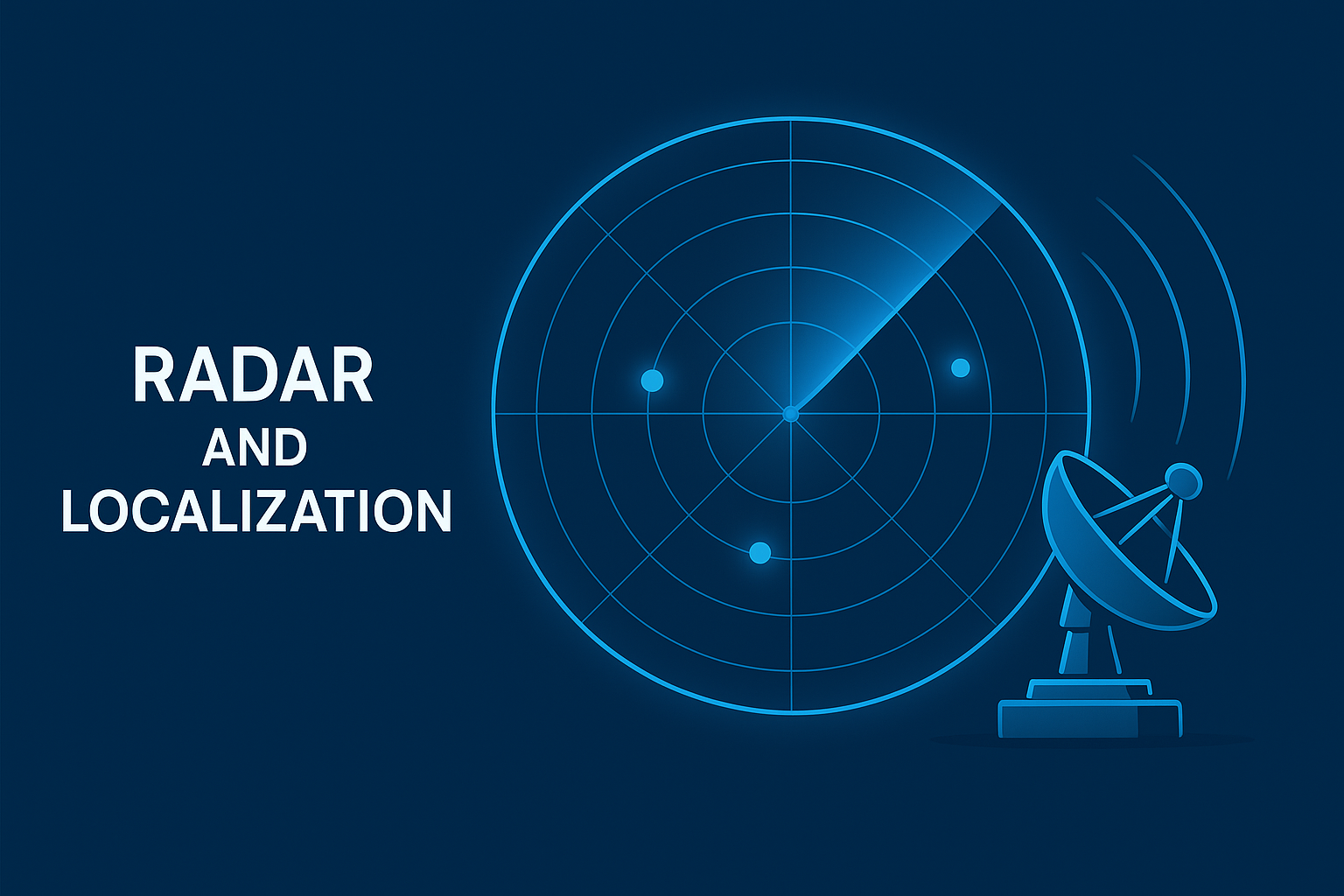
| 2 YEAR | II semester | 6 CFU |
| Prof. Mauro Leonardi | A.Y. 2025-26 |
|
|
(By ICT) |
| Code: 80300159 SSD: ING-INF/03 |
Objectives: Knowledge of the main applications and operations of radar systems with the necessary basic elements, both theoretical and technical-operational. Being aware, at the system level, performance in terms of scope, discrimination, ambiguity, Doppler filtering (MTI Improvement Factor) and Pulse Compression (analysis of waveform radar). Course content General information on radar, spectrum usage, radar measurements (distance, radial velocity, angular location). Fundamental radar equation, the noise of the receiver and antenna, propagation (attenuation and reflections), losses. Radar Cross Section and targets models (slow and rapid fluctuation); detection of targets (fixed and moving); integration of the pulses. Decision Theory and radar detection: decision criteria, detection of single pulse, revelation with N pulses. Doppler radar and Moving Target Indicator (MTI): Doppler effect and structure of the coherent transceiver, MTI filtering, Improvement factor and its limitations, Moving Target Detector, Matched filter and Pulse Compression, Chirp signal, ambiguity function. Global Navigation Satellite Systems principles and Mobile Terminal Localization.
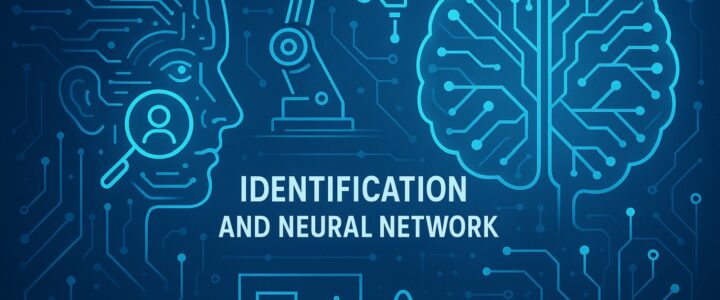
| 2 YEAR | II semester | 6 CFU |
Prof. Giovanni Santosuosso |
A.Y. 2024-25 new starts in the A.Y. 2025-26 |
| Didatticaweb | |
| Code: 80300147 SSD: ING-INF/04 |
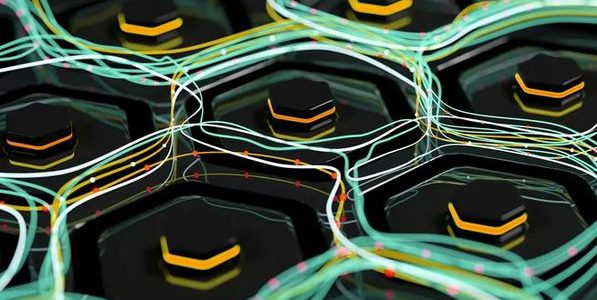
| 1 YEAR (Block C2) |
1 semester | 6 CFU |
| Prof. Fabio Matteocci |
A.Y. 2024-25 (new) |
| Code: 80300150 SSD: ING-INF/01 |
The course requires a basic knowledge of nanotechnologies applied to the generation and storage of electric power, as well as a basic understanding of the functioning of solar cells and batteries.
FORMATIVE OBJECTIVES
LEARNING OUTCOMES:
The main objectives of the course are the study of electric power generation and storage systems that can be implemented on vehicles. The lessons, therefore, focus on next-generation photovoltaics, thin-film deposition techniques, storage systems, supercapacitors, and thermoelectricity. The generation and storage technologies will then be studied from an application perspective through case studies.
KNOWLEDGE AND UNDERSTANDING:
Students will be able to:
a) To learn the working principles for energy generation and storage (EGS);
b) To understand and explain the solutions for EGS when applied in vehicles;
c) To solve simple problems concerning the use of design of integrated EGS systems;
d) To know how to design, develop and release a simple EGS system for vehicle integration.
APPLYING KNOWLEDGE AND UNDERSTANDING:
The student will be able to recognize the applicability areas for the various EGS systems. She/He will also be able to apply the knowledge and understanding developed during the course to study and understand recent literature.
MAKING JUDGEMENTS:
Students should be capable of identifying specific design scenarios and applying the most appropriate techniques for EGS. Additionally, they should be able to compare the effectiveness of various EGS systems while evaluating their advantages and disadvantages.
COMMUNICATION SKILLS:
The student will be able to clearly and unequivocally communicate the course content to specialized interlocutors. He will also be able to communicate the main approches to the development of EGS systems. The student will also have a sufficient background to undertake a thesis/research work in EGS applications.
LEARNING SKILLS:
Being sufficiently skilled in the specific field to undertake subsequent studies characterized by a high degree of autonomy.
SYLLABUS
1. Introduction on Nanotechnology: Top Down and Bottom Up Approaches2. Physical, Chemical Deposition, Solution Processing (Working Principle and Applications) 3. Energy Generation: Conventional and Emergent Photovoltaics (Working Principle and Applications).
4. Case of Study: Perovskite solar Cells (Working Principle, Deposition Techniques and applications)
5. Storage: Conventional and Emergent technologies for Batteries
6. Electrical and Chemical Properties of Batteries (Working Principle)
7. System Integration of Energy Generation and Storage solutions
8. Opportunities and Limitations of vehicle-integrated solutions for Generation and Storage 9. Beyond Batteries: Supercapacitors and thermoelectricity
The lecture will be held in the classroom with the projection of slides that will be released to the students at the end of the lecture.
The student will only be admitted to the final exam if they have attended 80% of the course hours.

| 2 YEAR | II semester | 6 CFU |
Eugenio Martinelli |
A.Y. 2024-25 new |
| Didatticaweb | |
| Code: SSD: ING-INF/01 |
PREREQUISITES
Basic knowledge of probability theory, signal theory, and pattern recognition.
FORMATIVE OBJECTIVES
LEARNING OUTCOMES:
Learning the basic concepts of deep learning algorithms. The main Machine Learning algorithms will be covered, followed by a focus on those related to deep learning, with particular emphasis on their application in the field of mechatronics.
KNOWLEDGE AND UNDERSTANDING:
The student acquires knowledge related to the field of Machine Learning, with particular reference to the ability to extract quantitative and qualitative information from images and videos and multivariate data and their subsequent processing for regression and classification tasks.
APPLYING KNOWLEDGE AND UNDERSTANDING:
The student acquires the capability to implement the algorithms in Matlab through dedicated lessons during the course to the aim of being able to autonomously develop new codes for the solution of specific problems in different application fields.
MAKING JUDGEMENTS:
The student must be able to integrate the basic knowledge provided with those deriving from the other courses, such as probability, signal theory, and pattern recognition.
COMMUNICATION SKILLS:
The student develops a project in Matlab that illustrates during the oral exam. The project can be done in groups to demonstrate working group capabilities.
LEARNING SKILLS:
Students will need to be able to read and understand scientific texts and articles in English for in-depth exploration of the topics covered. They should also independently expand their knowledge of the subject to include topics not directly addressed in the course, particularly those connected with the rapid technological developments in the field of Deep Learning and, more generally, in machine learning.
SYLLABUS
Today, deep neural networks surpass traditional hand-crafted algorithms and match human performance in various complex tasks, including image recognition, natural language processing, and prediction models. This course offers a comprehensive introduction to neural networks (NNs), covering traditional feedforward (FFNN) and recurrent (RNN) neural networks, as well as the most advanced deep-learning models like convolutional neural networks (CNN), Variational Autoencoders, and Diffusion models.
The primary objective of the course is to equip students with the theoretical knowledge and practical skills needed to understand and utilize neural networks (NN), while also familiarizing them with deep learning techniques for solving complex engineering challenges.
This goal is pursued in the course by:
• Describing the most important algorithms for NN training (e.g., backpropagation, adaptive gradient algorithms, etc.)
• Illustrating the best practices for successful training and using these models (e.g., dropout, data augmentation, etc.) in a practical session using a phyton environment.
• Providing an overview of the most successful Deep Learning architectures (e.g., convolutional networks, autoencoder for embedding, diffusion models, etc.)
• Providing an overview of the most successful applications with particular emphasis on models for solving visual recognition tasks.
TEXTS
Pattern recognition and machine learning, Christopher Bishop.
Deep Learning, Ian Goodfellow et al.
– slides of the professor

| 2 YEAR | I semester | 4 CFU |
| Speleers | A.Y. 2025-26 |
| Didatticaweb | |
| (from the Mathematical Department)
Code: 8065938 |